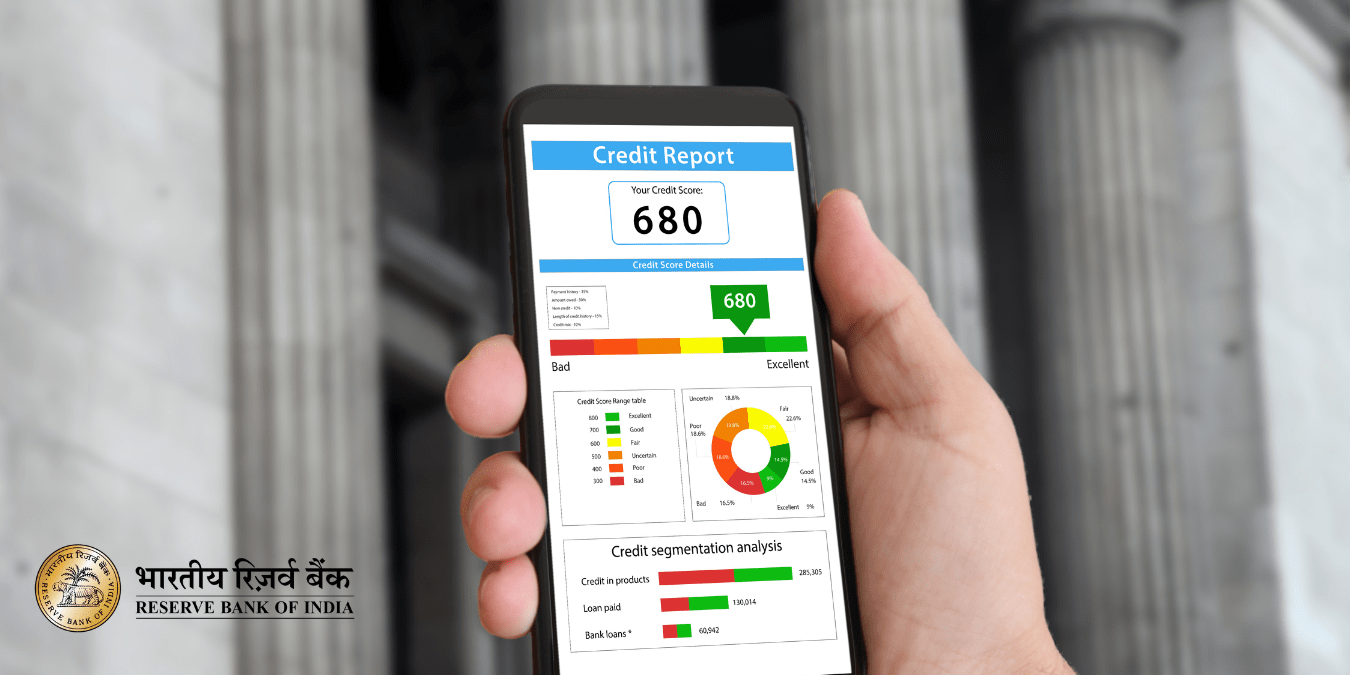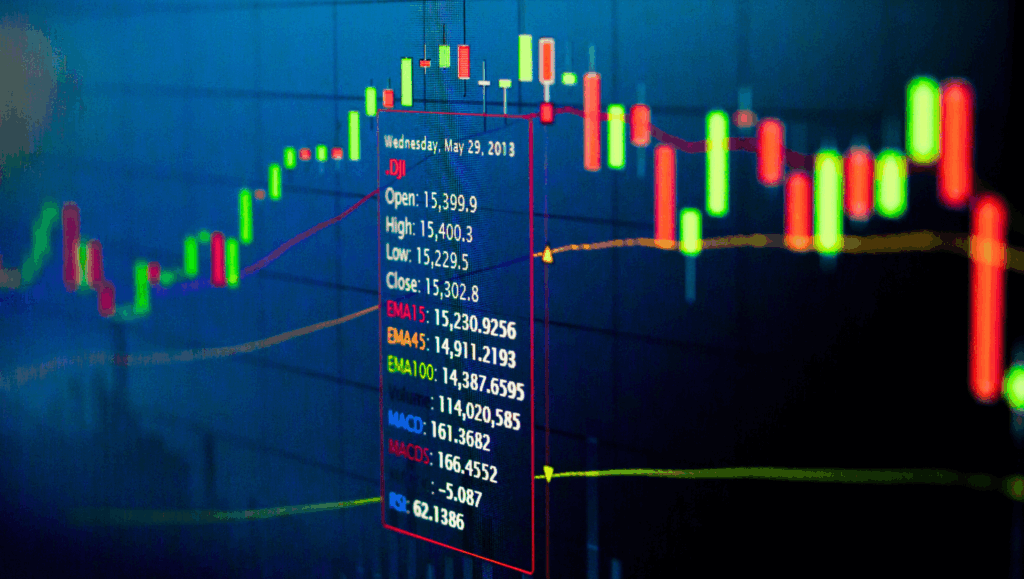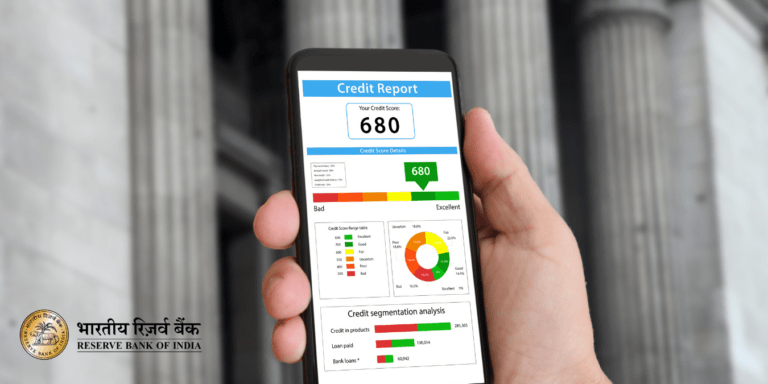
“Why global giants like Apple, Tesla, and Walmart are shifting investments from China to India. Favorable policies, a booming consumer market, and lower manufacturing costs make India the new hotspot for growth. Learn how India’s economic rise is reshaping global business strategies. Read more!”
India is rapidly emerging as a global economic powerhouse, attracting major corporations like Apple, Tesla, and Walmart to invest heavily in its markets and manufacturing capabilities. As geopolitical tensions, supply chain challenges, and shifting consumer preferences reshape global business strategies, these industry giants are pivoting toward India, moving away from their traditional reliance on China. This blog post explores the reasons behind this shift, backed by the latest data and insights, and highlights why India is becoming the preferred destination for investment.
The Rise of India as a Global Investment Hub
India’s economic growth trajectory is nothing short of remarkable. In 2024, India became the fifth-largest economy globally, with a GDP of approximately $3.9 trillion, and projections indicate it could surpass Japan and Germany to become the third-largest by 2030. The country’s burgeoning middle class, expected to reach 583 million, presents a massive consumer market. Additionally, India’s digital economy is booming, with over 800 million internet users and a rapidly growing e-commerce sector valued at $125 billion in 2024.
The Indian government’s proactive policies, such as Make in India and Digital India, have further sweetened the deal for global corporations. These initiatives offer incentives for local manufacturing, reduce import duties, and enhance infrastructure, making India an attractive alternative to China, where trade tensions, rising costs, and regulatory challenges are prompting companies to diversify.
Apple’s Strategic Pivot to India
Apple’s aggressive expansion in India underscores its recognition of the country’s potential as both a manufacturing hub and a consumer market. In fiscal year 2025, Apple’s operations in India—encompassing domestic sales and exports—are projected to reach $23.68 billion, a significant leap from $18 billion in the previous year.
Manufacturing Boom
Apple’s shift from China to India for manufacturing is driven by the need to de-risk its supply chain. The 2022 COVID-19 disruptions in Zhengzhou, China, where Foxconn operates the world’s largest iPhone plant, exposed vulnerabilities in Apple’s China-centric production model. In response, Apple has scaled up manufacturing in India, producing models like the iPhone 16 and 16 Pro locally. By mid-2025, Apple’s ecosystem is expected to employ nearly 200,000 direct workers, making it the largest blue-collar job creator in India.
The company has partnered with suppliers like Foxconn, Pegatron, and Tata Electronics to establish robust manufacturing facilities. In 2024 alone, Apple exported iPhones worth $10 billion from India, contributing to a 54% surge in India’s smartphone exports. Local production has also reduced costs by bypassing high import duties, enabling Apple to offer competitive pricing.
Retail and Market Expansion
Apple’s retail strategy in India is equally ambitious. Following the success of its flagship stores in Mumbai and Delhi, opened in 2023, Apple plans to launch four additional stores in Pune, Bengaluru, Delhi-NCR, and Mumbai by 2026. These stores cater to India’s growing appetite for premium smartphones, with Apple achieving a 9% market share in Q4 2024, making it the fifth-largest smartphone seller by volume.
The rise in disposable incomes and accessible financing plans have fueled demand for iPhones, with shipments expected to hit 14–15 million units in 2025, up from 12 million in 2024. India’s premium smartphone market, valued at $12 billion, is a key growth driver for Apple as it faces declining market share in China, where competitors like Huawei have regained ground.
Tesla’s High-Stakes Entry into India
Tesla’s decision to enter India in 2025 reflects both opportunity and necessity. With global sales declining—down 76% in Germany and 55% in Italy in early 2025—and an $800 billion erosion in market capitalization, Tesla is betting on India’s electric vehicle (EV) market to reverse its fortunes.
India’s EV Market Potential
India’s EV market is poised for explosive growth, with the government targeting 30% EV adoption by 2030. In 2024, the Indian EV market was valued at $1.5 billion, projected to reach $7.9 billion by 2030, driven by rising fuel prices, environmental awareness, and government incentives like the Faster Adoption and Manufacturing of Electric Vehicles (FAME) scheme. Tesla’s entry aligns with this momentum, as it plans to establish a manufacturing facility in Gujarat, with production expected to commence by late 2025.
However, Tesla faces challenges in pricing. Its Model 3, estimated at $40,000 in India, is significantly pricier than competitors like Tata Motors and MG Motor, whose EVs start below $10,000. To compete, Tesla is exploring partnerships with local suppliers to reduce costs, following Apple’s playbook of collaborating with Indian firms to navigate regulatory hurdles around Chinese vendors.
Geopolitical Advantage
Tesla’s timing is strategic. U.S.-China trade tensions and President Trump’s proposed tariffs on Chinese imports have made India an attractive alternative. India’s neutral stance in global geopolitics and its growing trade ties with the U.S. through initiatives like the Critical and Emerging Technology Initiative provide Tesla with a stable base to serve both domestic and export markets.
Walmart’s E-Commerce Dominance in India
Walmart’s investment in India centers on its ownership of Flipkart, the country’s leading e-commerce platform, which commands a 48% market share and a gross merchandise value of $23 billion. With India’s e-commerce market projected to reach $300 billion by 2030, Walmart is doubling down on its digital strategy to capture this growth.
Flipkart’s Growth Engine
Flipkart’s success is driven by India’s digital adoption, with over 500 million online shoppers expected by 2027. Walmart has invested heavily in Flipkart’s logistics and technology, enhancing last-mile delivery and expanding its reach to tier-2 and tier-3 cities. In 2024, Flipkart’s festive season sales alone generated $12 billion, underscoring India’s consumer spending power.
Walmart’s focus on India contrasts with its cautious approach in China, where regulatory scrutiny and competition from Alibaba and JD.com have limited growth. In India, Walmart benefits from a less saturated market and supportive policies, such as relaxed FDI norms for e-commerce, allowing it to scale rapidly.
Job Creation and Supply Chain
Beyond e-commerce, Walmart is strengthening India’s supply chain ecosystem. Its sourcing from Indian SMEs has grown by 30% since 2020, with products like textiles and electronics exported to global markets. Walmart’s Vriddhi program has trained over 50,000 MSMEs, boosting local entrepreneurship and aligning with India’s economic goals.
Why India Over China?
The shift from China to India by Apple, Tesla, and Walmart is driven by a confluence of factors:
- Geopolitical Stability: U.S.-China trade tensions, exacerbated by tariffs and sanctions, have made China a riskier bet. India, with its stable governance and improving U.S. relations, offers a safer alternative.
- Cost Advantage: While China’s manufacturing infrastructure remains unmatched, rising labor costs and regulatory complexities are eroding its edge. India’s lower labor costs and government incentives, such as production-linked incentives (PLI), make it cost-competitive.
- Consumer Market Growth: China’s smartphone and e-commerce markets are nearing saturation, whereas India’s young, tech-savvy population and rising incomes present untapped potential.
- Infrastructure Improvements: India’s infrastructure has seen significant upgrades, with 55,000 kilometers of highways built in the last decade and 80 new airports planned by 2029. These developments rival China’s logistics capabilities, making India a viable manufacturing hub.
- Policy Support: India’s business-friendly reforms, including reduced corporate taxes and eased FDI norms, contrast with China’s tightening regulatory environment, encouraging companies to invest.
Challenges in India
Despite its promise, India poses challenges for these companies:
- Regulatory Hurdles: Tesla’s reliance on Chinese suppliers faces scrutiny due to India’s cautious stance on Chinese investments post-2020 border clashes.
- Infrastructure Gaps: While improving, India’s manufacturing ecosystem lags behind China’s in scale and efficiency, requiring significant investment.
- Price Sensitivity: India’s price-conscious market challenges premium brands like Apple and Tesla to balance quality and affordability.
- Skill Development: Apple and Tesla are investing in workforce training, but scaling a skilled labor force to match China’s remains a long-term goal.
Interesting Fact: India’s Smartphone Export Surge
An unexpected highlight is India’s emergence as a smartphone export hub. In FY25, iPhone exports from India reached ₹1.5 trillion ($18 billion), driven largely by Apple’s production. This has positioned India as a key player in the global electronics supply chain, challenging China’s dominance and showcasing India’s manufacturing prowess.
Global Economic Shifts
Apple, Tesla, and Walmart’s pivot to India reflects a strategic recalibration in response to global economic shifts. India’s vibrant consumer market, supportive policies, and improving infrastructure make it an ideal destination for manufacturing and sales. While challenges remain, the country’s growth potential far outweighs the risks, positioning it as a cornerstone of these companies’ global strategies and beyond.
For businesses and investors, India represents a land of opportunity—a dynamic market that combines scale, innovation, and resilience. As Apple expands its stores, Tesla builds its factories, and Walmart dominates e-commerce, India is not just an alternative to China; it’s a destination in its own right.
-

RBI’s New Weekly Rule: Why You Must Pay Your Bills Before These 5 Dates Every Month
-

Indian Stock Market Trends: Sensex, Nifty Outlook & Top Picks (Dec 4, 2025)
-

The 5-Day Digital Siege: What the Government Didn’t Tell You About the Sanchar Saathi U-Turn
-

Indian Stock Market Trends: Will Nifty Reclaim 26,200 Today? (Dec 3, 2025 Update)




























